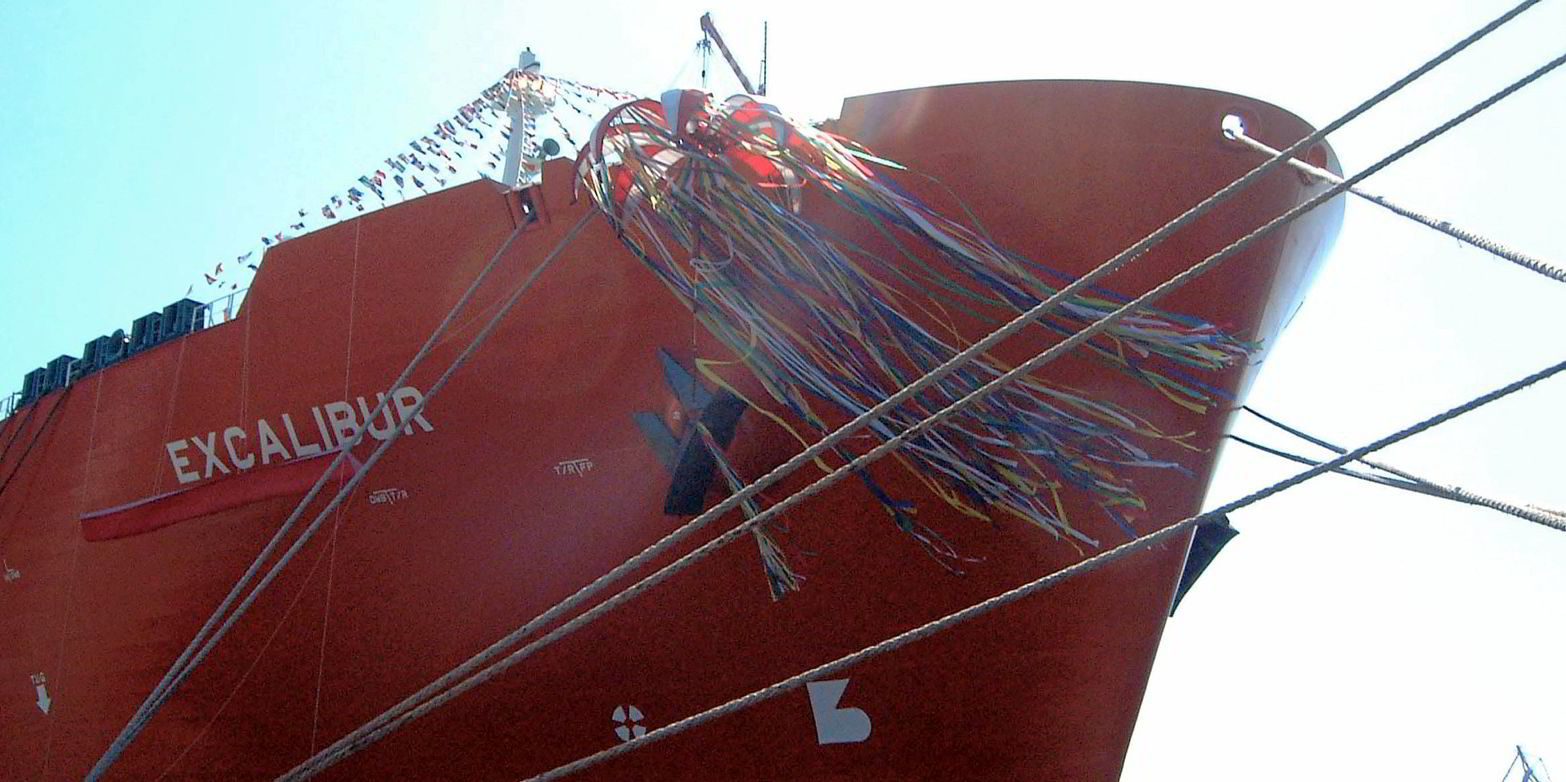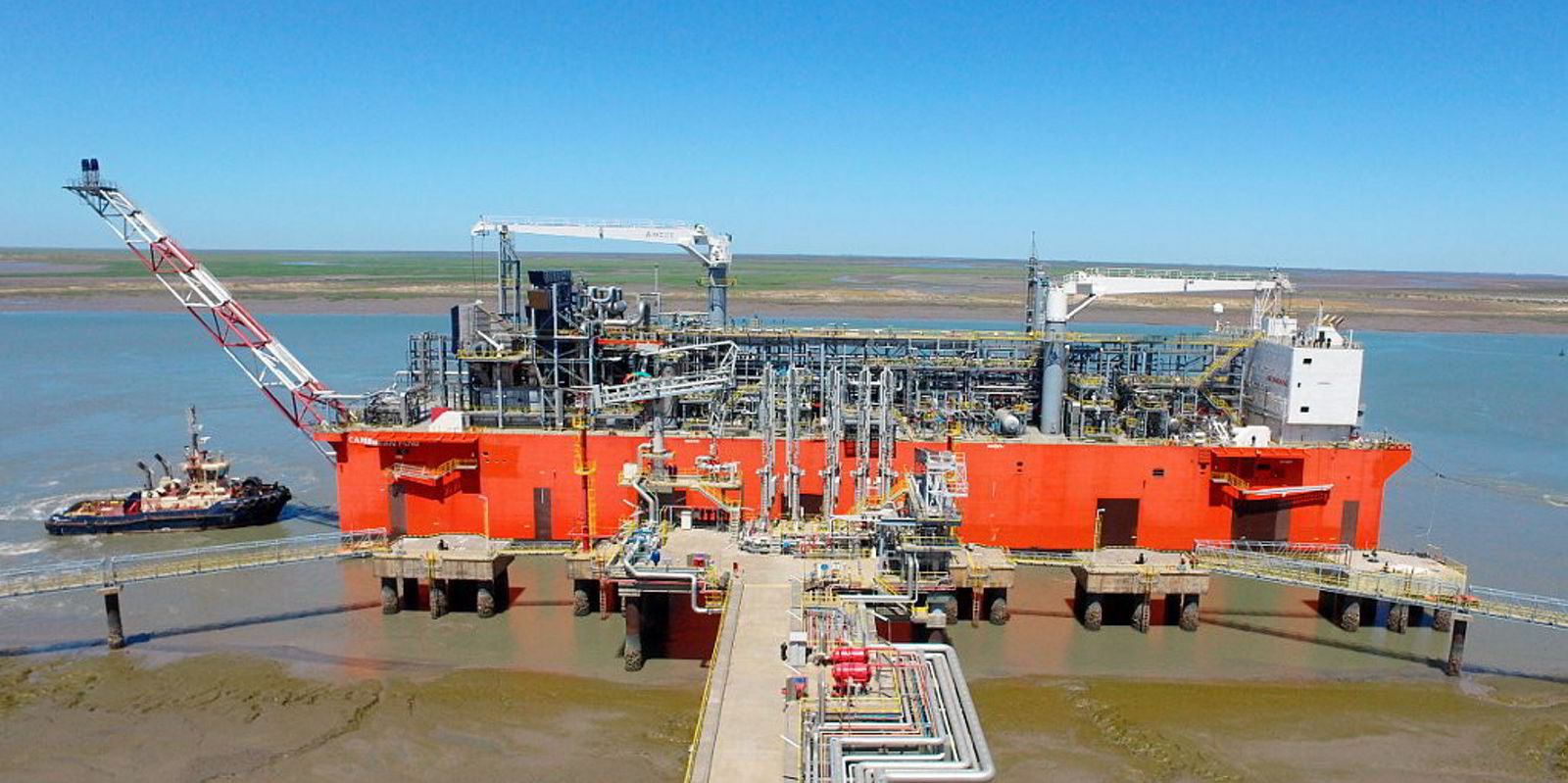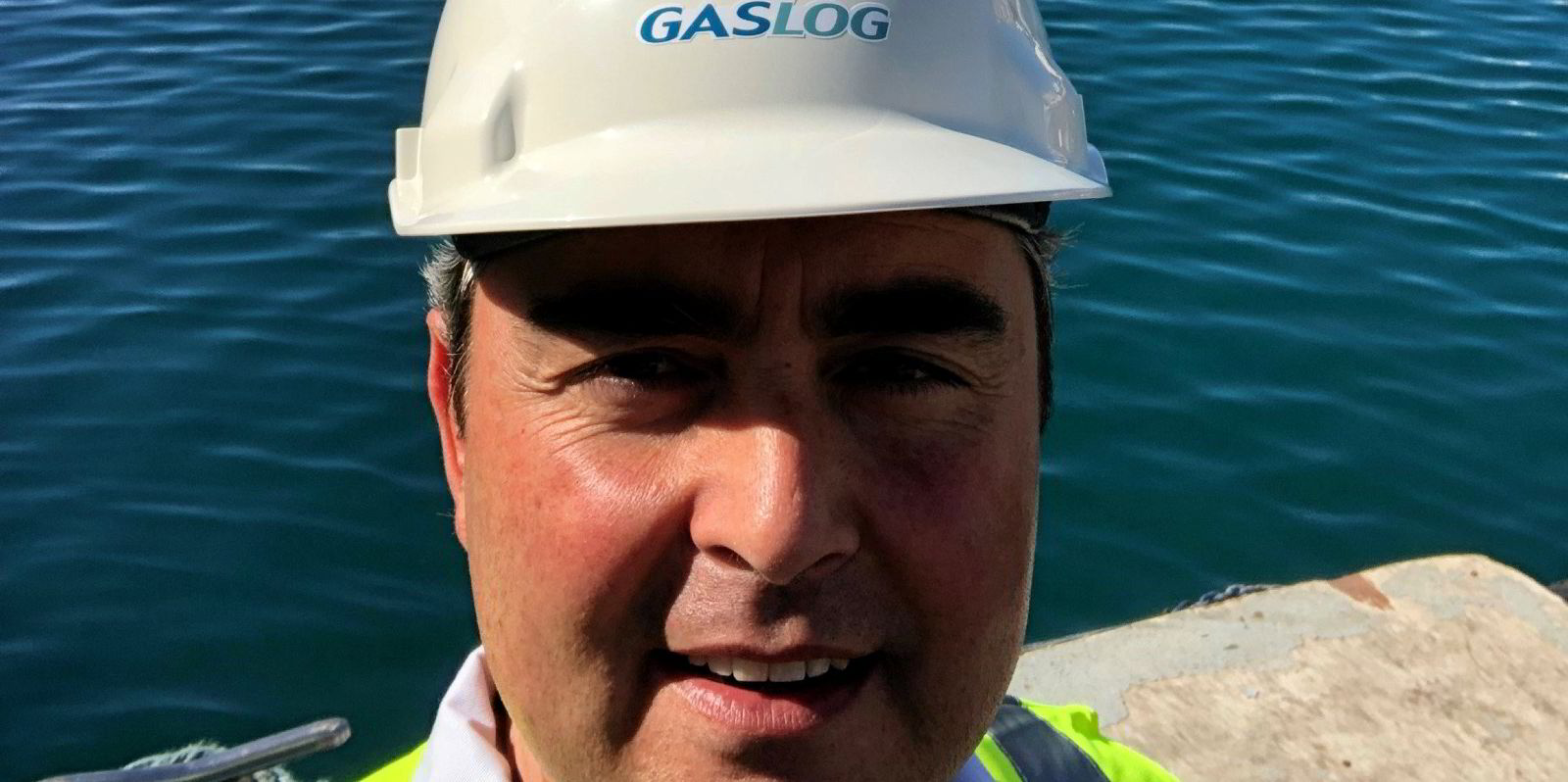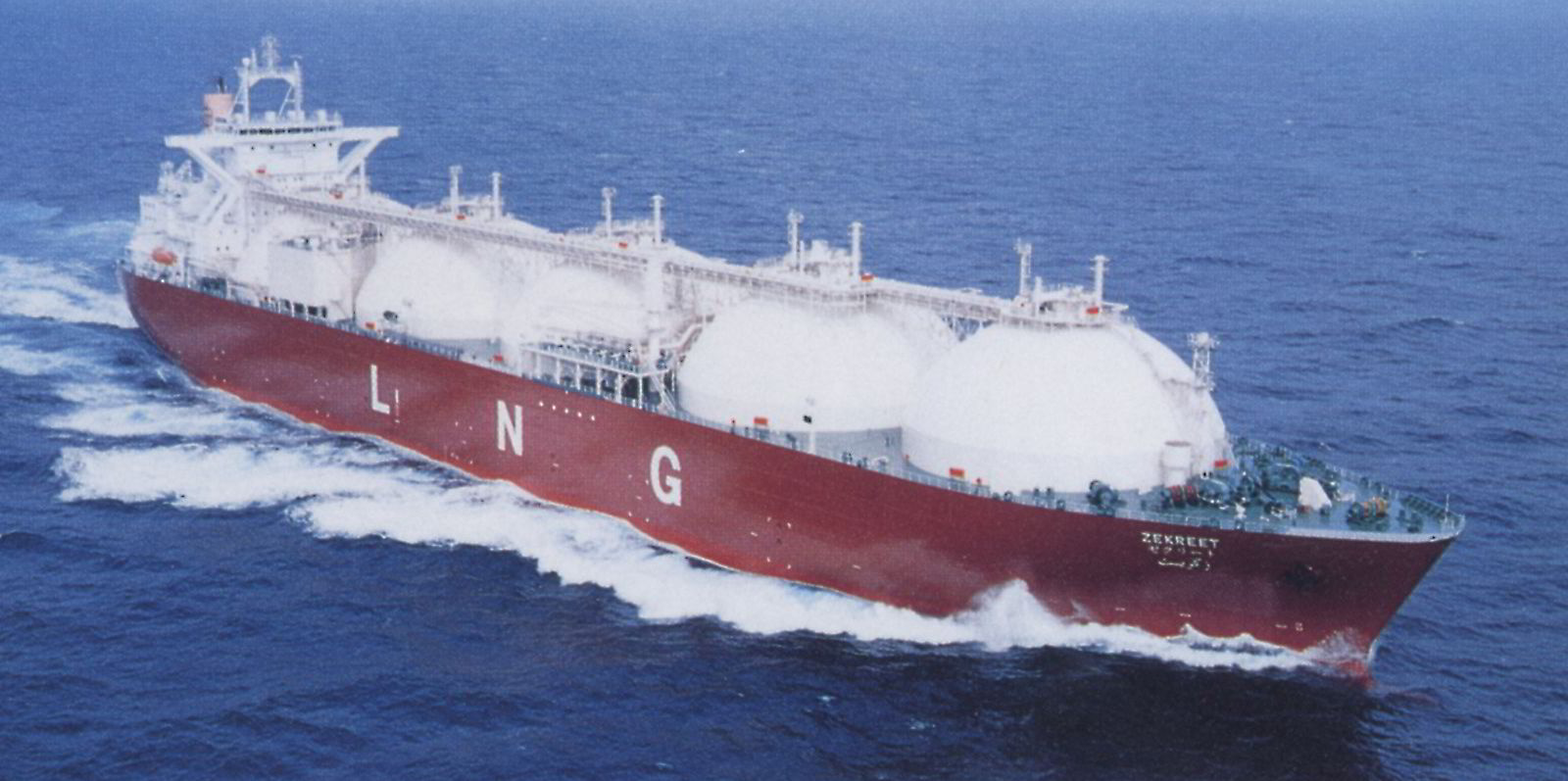Nicolas Saverys-controlled Exmar is circulating its last remaining LNG carrier for sale as shipowners take a fresh look at their steam turbine vessels in advance of incoming emissions regulations in 2023.
Those close to the company said the 138,000-cbm steam turbine ship Excalibur (built 2002) was initially committed to Chinese buyers — named as Xingdao Ocean Energy Co — at the end of 2021.
Brokers’ notes said that under the deal a price in the region of $35m to $36m was agreed on the membrane-type vessel but the sale did not go through.
The ship, which is open for spot trading, is currently available for inspection in Malta.
It was redelivered after its long-term charter to Excelerate Energy at the end of 2021.
Exmar famously ordered Excalibur on speculation at a rock-bottom price, which was said to be less than $150m. The ship was a replacement for a VLGC berth the company held at Daewoo Shipbuilding & Marine Engineering.
The vessel made gas shipbuilding history as South Korea’s first LNG carrier export order and kicked-off a first wave of newbuildings for the country’s yards from overseas owners such as BP, BG Group and Maran Gas Maritime.
In 2010, Exmar offloaded a 50% stake in Excalibur and the 138,000-cbm LNG regasification vessel Excelsior (built 2005) to Teekay LNG Partners.
Teekay paid $70m for the stakes in the two vessels, which were fixed on long-term charters to Excelerate. But Exmar remained responsible for their management and operation.
In January, Teekay Corp completed the sale of its gas carrier arm to Stonepeak Limestone Holdings. The new LNG shipping outfit was rebranded Seapeak.
Excalibur joins a raft of steam turbine LNG carriers whose owners are considering whether to upgrade or sell them in advance of tougher incoming regulations aimed at reducing emissions.
Steam turbine ships make up about one-third of the LNG fleet of more than 680 trading vessels. But they rank as increasingly small and less efficient alongside the modern two-stroke, gas-injection vessels of 174,000 cbm being delivered today.
They also tend to emit more CO2 with figures released in companies’ annual environmental, social and governance reports showing higher carbon intensity figures for these vessels.
In January, Qatargas bought a fleet of 10 steam turbine LNG carriers from a consortium of four Japanese shipowners as their long-term contracts ended.
Last month, GasLog Partners wrote down the value of the five steamships in its fleet, logging an asset impairment loss of $104m on the vessels.







